It's a very simple recipe really, but the end result is pretty impressive. I love picking at foods over conversation - vinegars, oils and dips with breads and cold meats, chutneys, salad, etc. A good centrepiece bread like this is great for those occasions.
Ingredients
675g
White Bread Flour
400ml luke warm
Water
2 tsp
Salt
10g
Yeast
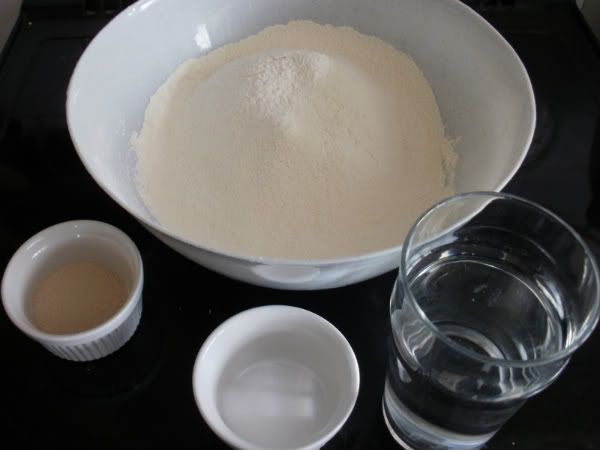
Sieve the flour and salt together into a large bowl. Mix half the water with the yeast until smooth. Make well in the centre of the flour, pour in your yeast, flick some of the surrounding flour onto the yeast and leave for about 15 mins to activate the yeast. A process known as "sponging".
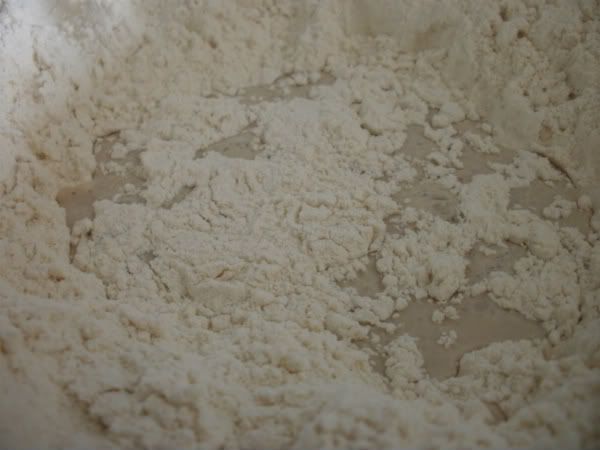
Next pour in the remainder of the water and mix everything up into a smooth firm dough. Turn out onto a floured surface a knead and work for about 10 minutes.

Put this in an oiled bowl covered with cling film and leave it for 1 hour in a warm place to double in bulk.

Turn this out onto a floured work surface, knock back (punch it) and work for another couple of minutes, then separate about 1 third of the dough.

Plump up both pieces into a round cushion shape and leave under an upturned bowl to second prove for about 30 to 45 minutes.
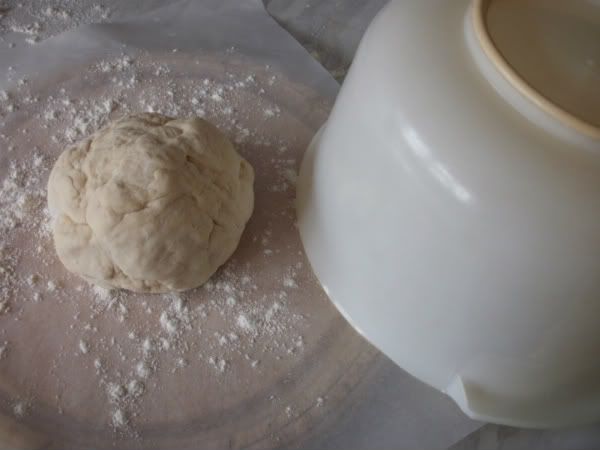
Once that's done it's time for the fun bit! Make a cross in the top of the larger piece with a sharp knife.
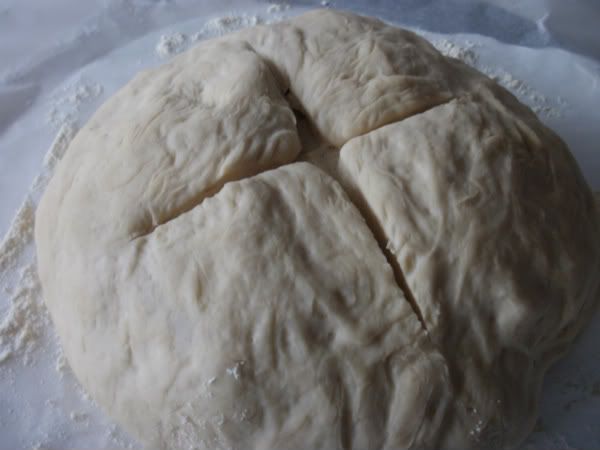
Wet the top and place the smaller piece on it. Then put your thumb and first 2 fingers together and push down into the middle of the loaf.
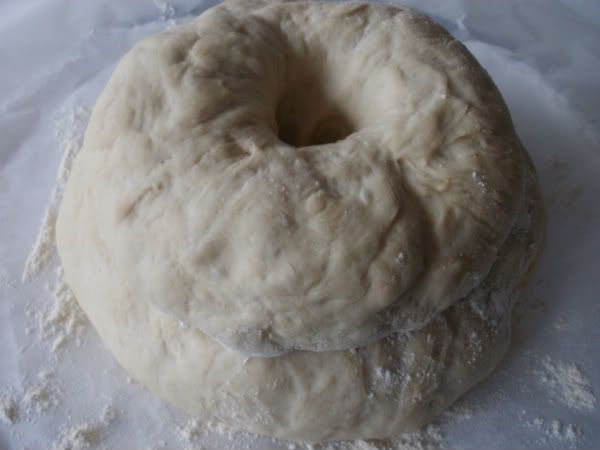
Now with a pair of scissors make cuts around the top and you loaf is ready for the oven.

Bake at 220 degC for about 20 to 25 minutes until the base of the loaf sounds hollow when tapped.
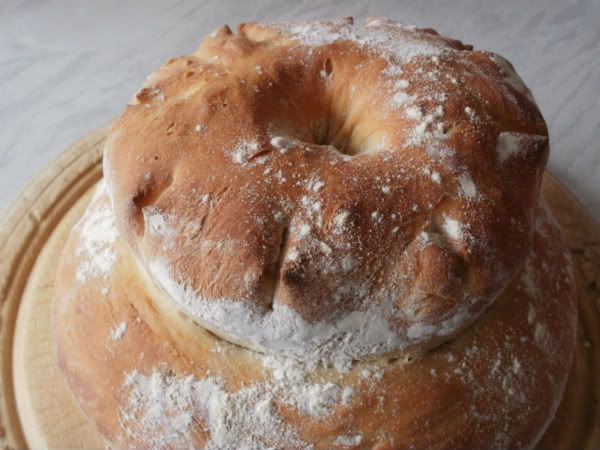
Nice and simple and (for bread) really quite quick.
The humble cottage loaf is about as English as they come, though possibly the design was Roman in origin. You don't seem to find them in bakeries too often these days, possibly due to being harder to slice than a traditional loaf. I like to cut them into wedges like a cake, then pull off chunks to dip in soups, oils and vinegars.
Slicing is much easier if you have a traditionally shaped loaf of course, or a bread slicing machine. As with many things there is little more hypnotic than a mass production line as this
how it's made video shows.
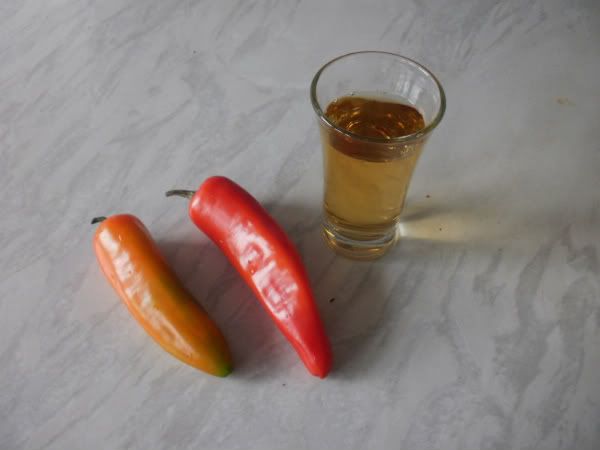
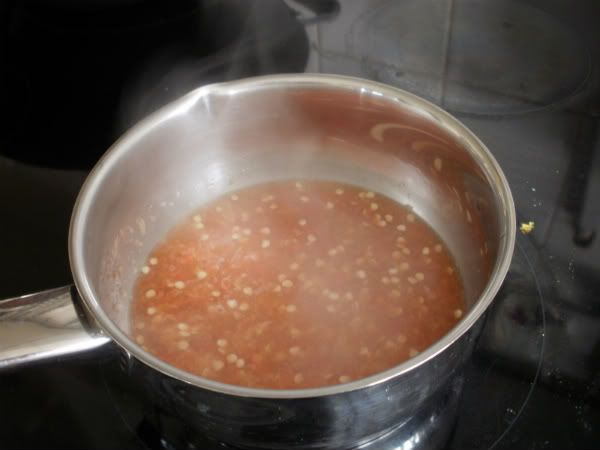
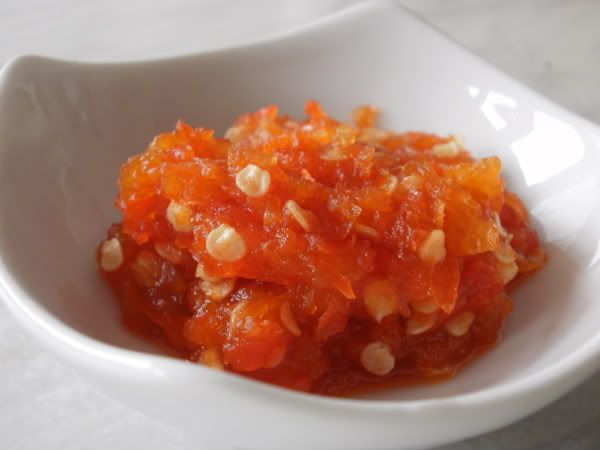
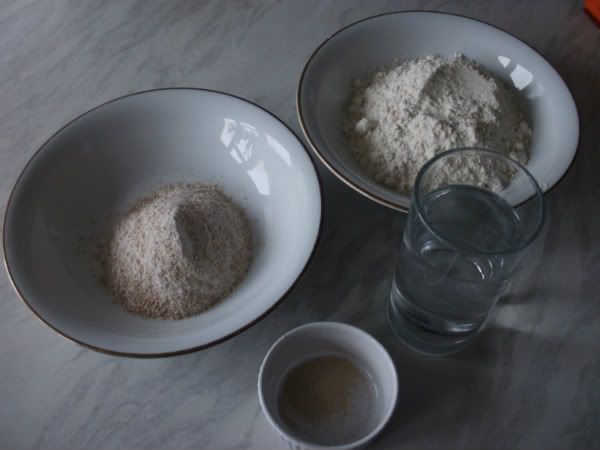
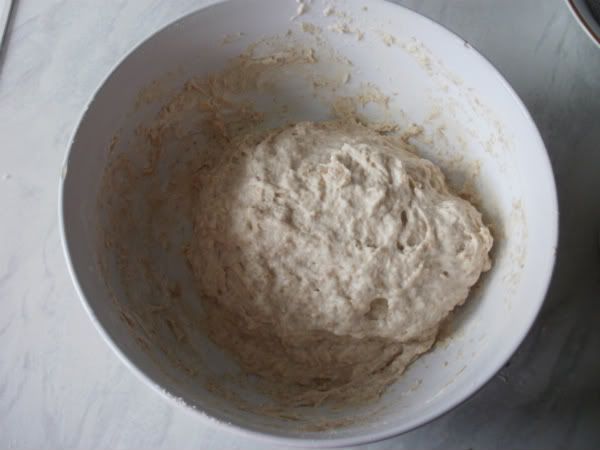
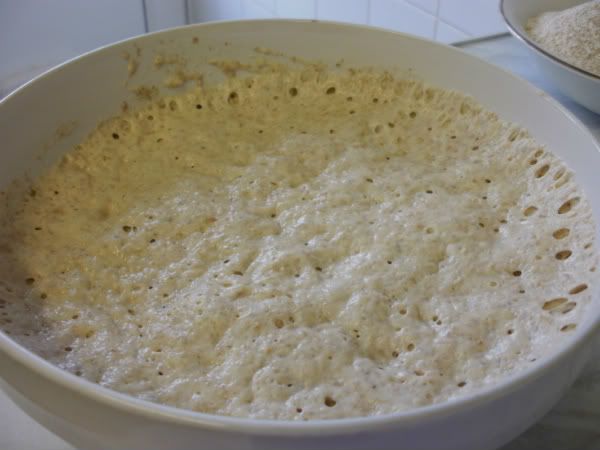
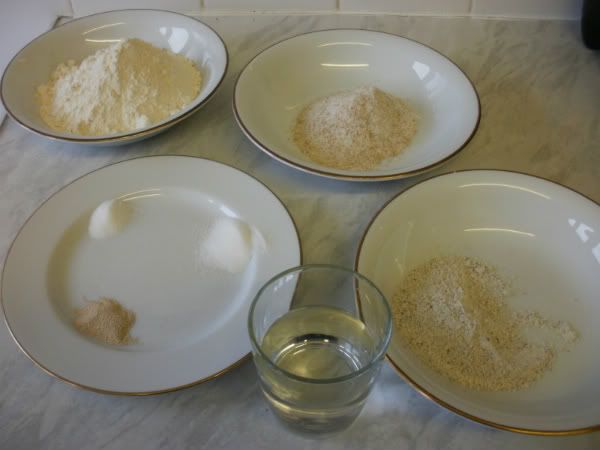
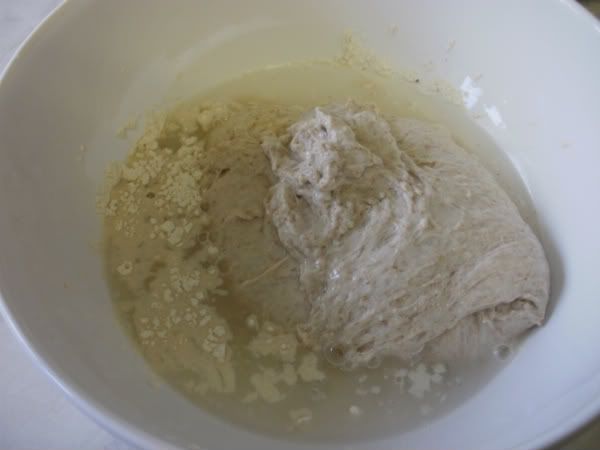
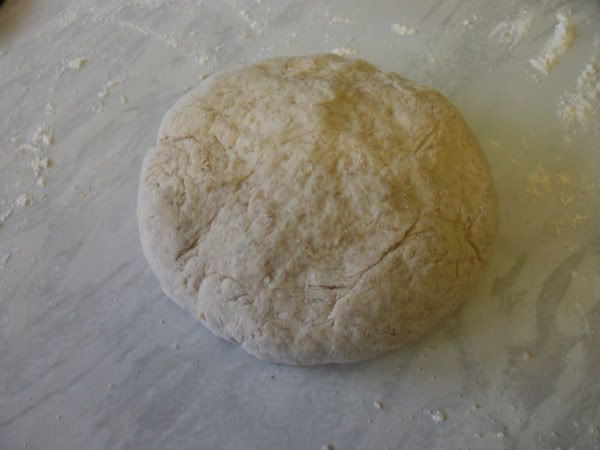
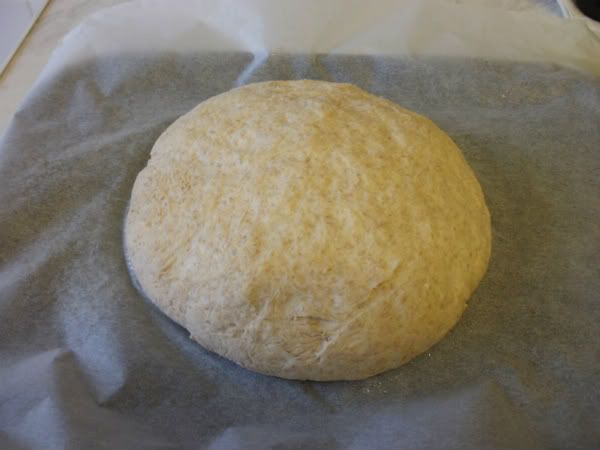

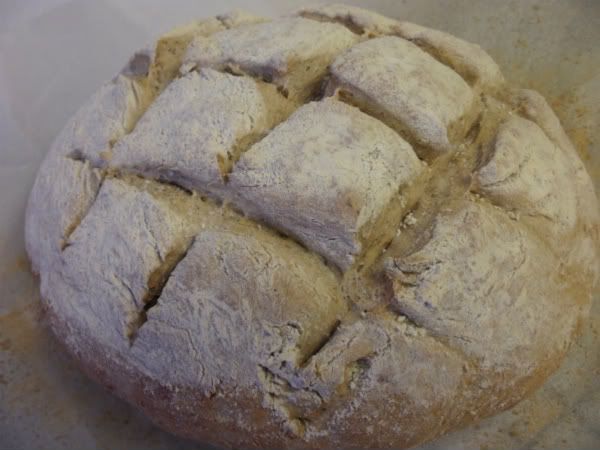
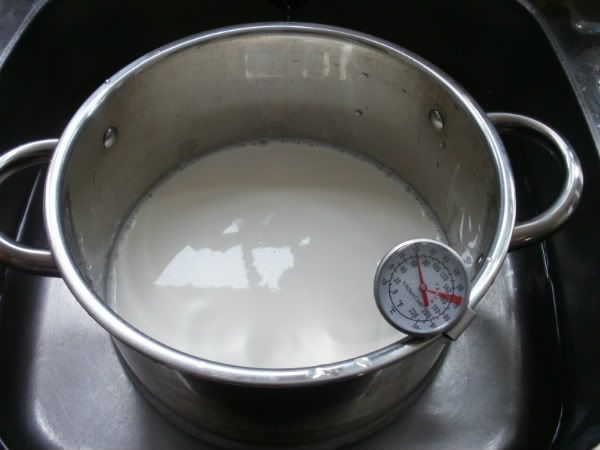

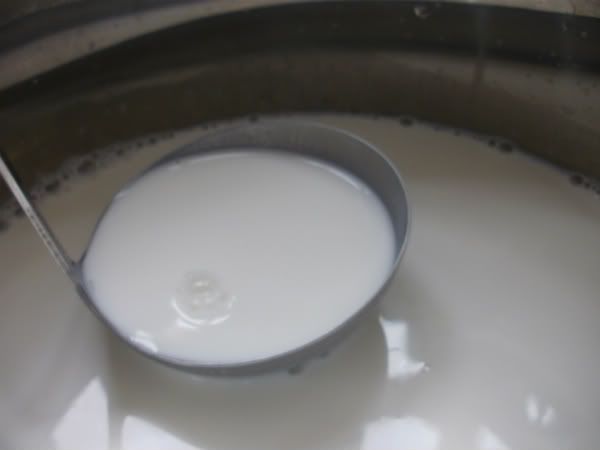


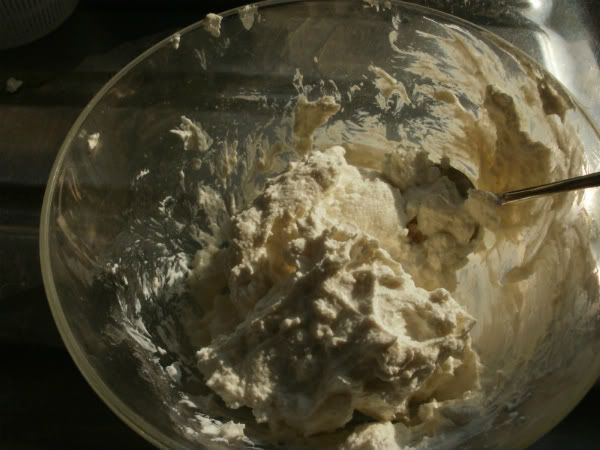
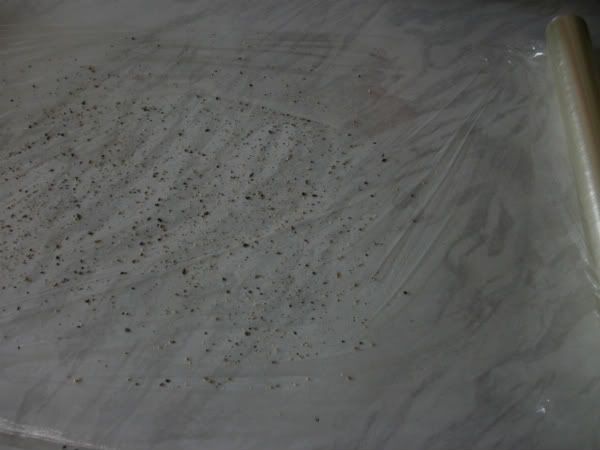
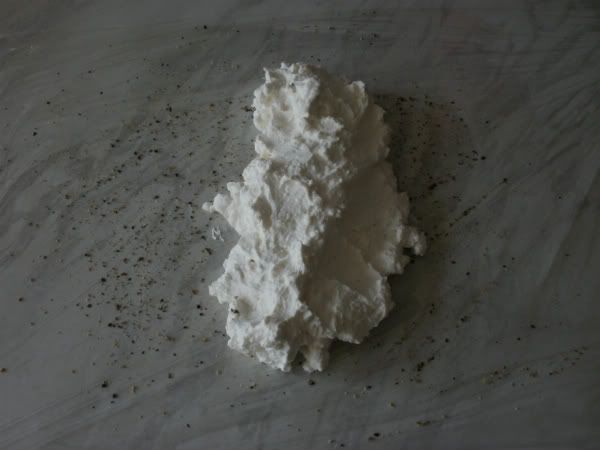
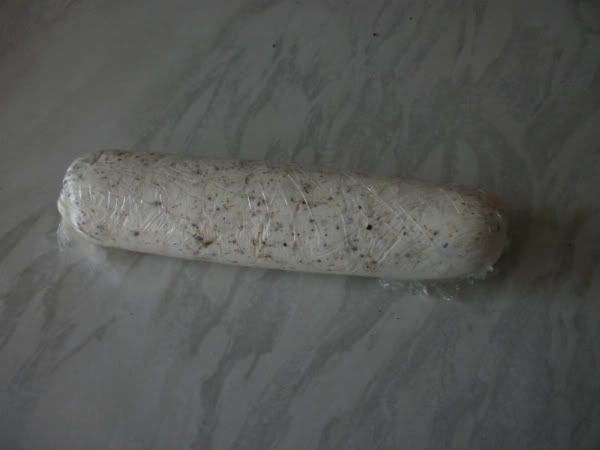


 I washed out my roasting pan juices with the brine and poured it over the beetroot in stages to try and get as much air out from between the beetroot as possible. Finally, when full, I covered the jar with some cling film and sealed the lid.
I washed out my roasting pan juices with the brine and poured it over the beetroot in stages to try and get as much air out from between the beetroot as possible. Finally, when full, I covered the jar with some cling film and sealed the lid.























